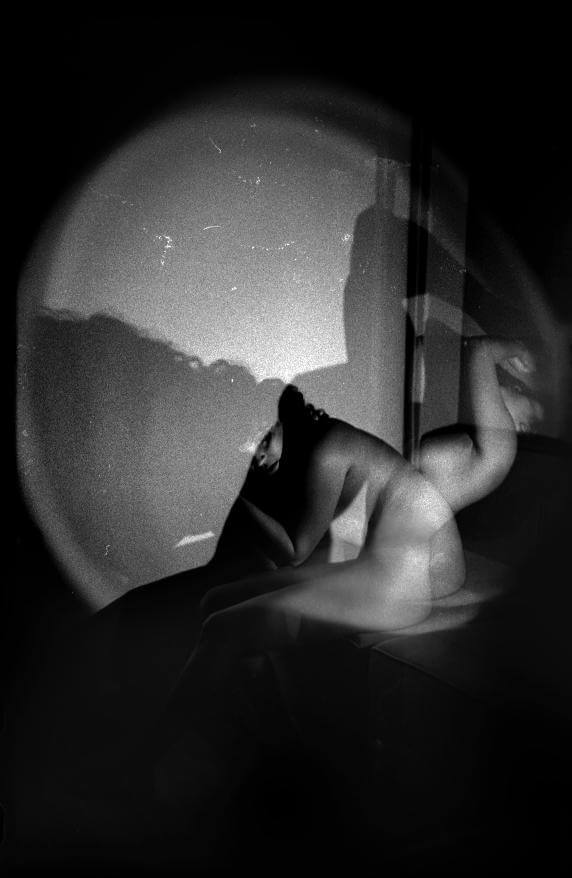
The word “whorehouse” evokes different images and emotions for different people. For some, it may bring to mind a shady and dangerous place, while for others, it may represent a source of pleasure and fantasy. However, behind the controversial term, lies a rich and complex history. In this blog post, we will explore the origins, evolution, and current state of whorehouse to list of whorehouse – https://www.zavita.co.il/discreet-apartments/s, also known as brothels.
Origins of Whorehouses
The existence of brothels can be traced back to ancient civilizations such as Greece and Rome. In these societies, prostitution was seen as a necessary and accepted part of life. In fact, in ancient Greece, prostitution was legal, and brothels were run by the state. These establishments were known as “hetaerae” and were frequented not only by men but also by women.
In ancient Rome, brothels were known as “lupanars” and were also regulated by the state. Prostitution was considered a legitimate profession, and many women entered the trade willingly as a means of survival. These brothels were well-organized and catered to different classes of clients, with some offering high-end services and others catering to the lower classes.
The Dark Ages saw the decline of brothels and the rise of the Christian church, which viewed prostitution as a sin. With the spread of Christianity, brothels were banned, and prostitution was driven underground.
Whorehouses in the Middle Ages and Renaissance
During the Middle Ages, brothels were still illegal, but prostitution was prevalent. Women would offer their services in taverns, bathhouses, and inns, and were often controlled by pimps. In some cases, prostitutes would have to give a portion of their earnings to the church as a form of penance.
However, with the rise of the Renaissance, attitudes towards prostitution and brothels started to change. Brothels became popular hangouts for artists and writers, who saw them as a source of inspiration. In fact, many famous paintings and writings from this era depict scenes from brothels.
The Modern Era and the Rise of the Red-Light Districts
As the world entered the modern era, brothels were still illegal, but the demand for prostitution continued. This led to the rise of red-light districts, where brothels operated openly. These areas, such as the infamous Reeperbahn in Hamburg, Germany, became known for their vibrant nightlife and attracted tourists from all over the world.
One of the most significant changes during this period was the increase in the number of women who entered the industry voluntarily. Women saw prostitution as a way to earn a good income, and some even saw it as a way to gain independence and escape from traditional gender roles.
Whorehouses Today: Legalization and Regulation
In today’s world, prostitution is legal in many countries or, in some cases, decriminalized. This has led to the emergence of a new breed of modern brothels, which are regulated and operated like any other business. While some may argue that legalizing prostitution promotes exploitation, others believe that it ensures the safety and protection of sex workers.
One example of a country where prostitution is legal is Germany. Here, brothels operate under strict regulations, with mandatory health checks for sex workers and strict regulations on the cleanliness of the premises. The legalization of prostitution has also led to the recognition of brothels as legitimate businesses, with workers entitled to the same rights and benefits as any other employee.
In some countries, brothels are not legal but tolerated. This is the case in the Netherlands, where prostitution is not technically legal, but the country has a well-regulated sex industry. Prostitutes operate in designated areas, known as “zones,” which are monitored by the government to ensure their safety.
The Role of Technology in the Brothel Industry
With the rise of the internet and advancements in technology, the brothel industry has also evolved. This is evident in the emergence of online platforms and applications, such as Redbook, which allow sex workers to advertise their services and connect with clients.
While these platforms have been beneficial in terms of safety and convenience for both workers and clients, they have also faced backlash and legal challenges. Some argue that these platforms facilitate illegal activities, such as human trafficking, and enable brothel owners to evade regulations and taxes.
Changing Perceptions and the Future of Whorehouses
Despite the long and controversial history of brothels, there has been a recent shift in perceptions towards the industry. With the rise of the feminist movement and discussions surrounding sex work and decriminalization, there has been a push to view prostitutes as empowered individuals rather than victims. This has led to a more open and honest conversation about the role of brothels in society.
In conclusion, the word “whorehouse” is a loaded term that carries a lot of history and meanings. From its


